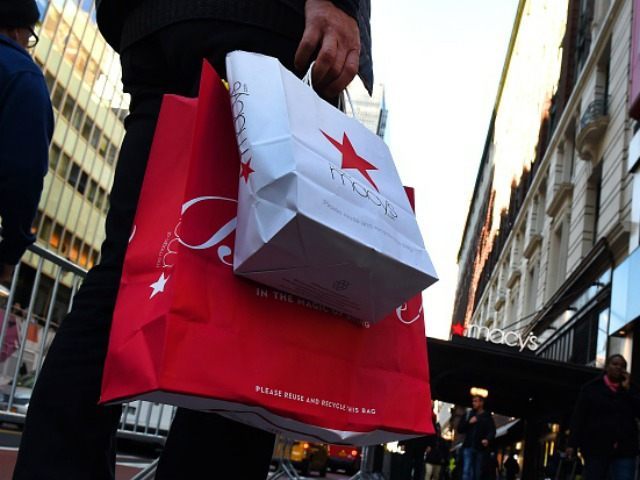The Commerce Department is revising upward its estimate of third quarter growth.
Under the new estimate, the economy grew by 2.1 percent in the July-September period, slightly higher than the 1.5 percent growth originally reported. The increase, though, was driven by a build up in business inventories, suggesting potentially weaker growth to end the year.
While the bump in the overall growth estimate was expected, the increase in inventories was not. An especially worrying factor was that consumer spending increased far less than originally estimated in the quarter. The Commerce Department had originally said that consumer spending, which drives around two-thirds of the economy, had expanded by 3.2 percent in the third quarter. That increase has now been lowered to 3 percent growth.
While consumer spending was weaker than thought, businesses also stock-piled more goods for later sales. Under the new estimate, businesses stocked another $106 billion worth of goods on their shelves, $40 billion more than previously thought. Without the build-up in inventories, economic growth in the third quarter would have been revised down to just 1.2 percent.
For growth to stay positive, that inventory build-up will eventually have to be cleared out and replaced with new goods coming off production lines. This is likely to act as a drag on growth in the final months of the year. This weakness, of course, would coincide with an expected interest rate increase from the Federal Reserve.
The economy is mid-way through its sixth year of recovery from the recession. While the economy has been far weaker than in past recoveries, it has also been more dependent on monetary stimulus from the Fed. The expected end of that stimulus next month could tip the economy back into a contraction next year.
This is more likely given the drop in consumer sentiment reported by the Conference Board, also on Tuesday. The index measures how optimistic consumers are about their financial prospects and the economy in the future. The drop reported Tuesday was the biggest miss since 2009.
“Consumer confidence retreated in November, following a moderate decrease in October,” said Lynn Franco, Director of Economic Indicators at The Conference Board. “The decline was mainly due to a less favorable view of the job market.”
“Consumers’ appraisal of current business conditions, on the other hand, was mixed,” Franco added. “Fewer consumers said conditions had improved, while the proportion saying conditions had deteriorated also declined. Heading into 2016, consumers are cautious about the labor market and expect little change in business conditions.”
Consumers are probably right to be cautious, given another, little noticed, report from the Commerce Department. Its first estimate of corporate profits in the 3rd quarter saw earnings drop by more than $22 billion in the three-month period. In the second quarter, profits had grown by more than $75 billion.
With falling profits, there is little ability for businesses to raise wages, increase hiring or expand investment. This is likely to be even worse whenever the Fed finally decides to pull the plug on its monetary printing press.

COMMENTS
Please let us know if you're having issues with commenting.